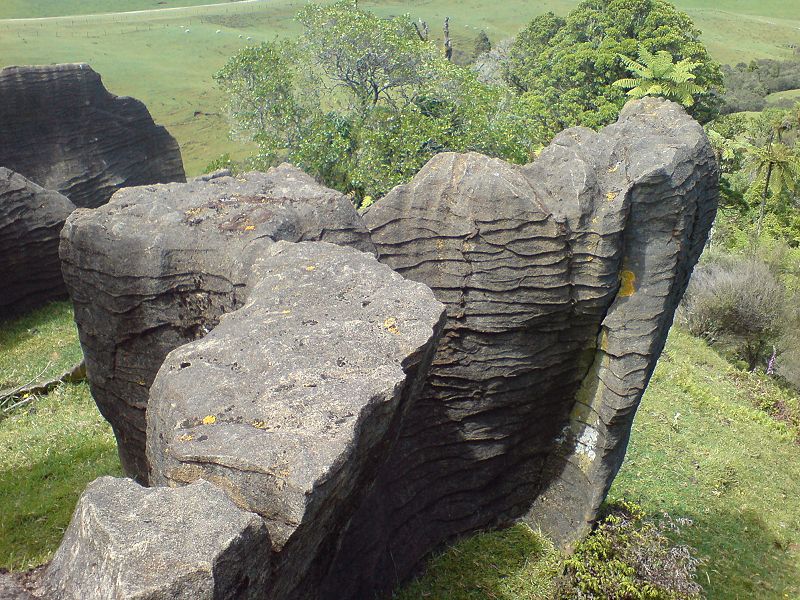Habitat
Daedalochila auriformis
are all terrestrial. Gastropod
mollusks are one of the most successful animals that have
diversified in the fully terrestrial habitat.
(Wikimedia
foundation, 2012)
Their
range is limited to the southern United States and northern
Mexico
 which are different crystal forms of calcium
carbonate (CaCO3). Many limestone's are composed from
skeletal fragments of marine organisms such as coral or
foraminifera. (Wikimedia foundation, 2012)
which are different crystal forms of calcium
carbonate (CaCO3). Many limestone's are composed from
skeletal fragments of marine organisms such as coral or
foraminifera. (Wikimedia foundation, 2012)
Other organisms that live and thrive in humus are micro organisms like bacteria, including rhizobia (nitrogen fixing), phosphate soluable bacteria, mycorrhizal fungi, algae, actinomycetes and protozoa. Then there are the macro organisms, such as nematodes, springtails, mites, ants, millipedes and earthworm. Humus provides a reservoir for the plant nutrients available in the soil for balanced plant growth.
A wide range of different vertebrate and invertebrate animals prey on land snails, and they are used as food by humans in various cultures worldwide, and are even raised on farms as food in some areas. In an attempt to protect themselves against predators, land snails retract their soft parts into their shell when they are resting; some bury themselves. Land snails have many natural predators, including members of all the land vertebrate groups. Humans also pose great dangers to snails in the wild. Pollution and habitat destruction have caused the extinction of a considerable number of snail species in recent years.